For the pros....selfing a species
kaboehm (zone 9a, TX USA)
14 years ago
Related Stories
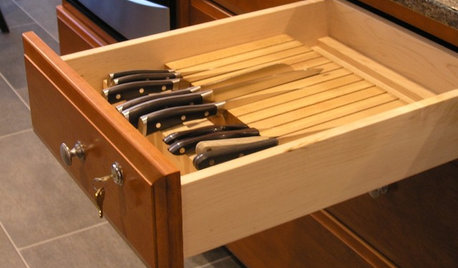
REMODELING GUIDESFrom the Pros: 8 Reasons Kitchen Renovations Go Over Budget
We asked kitchen designers to tell us the most common budget-busters they see
Full Story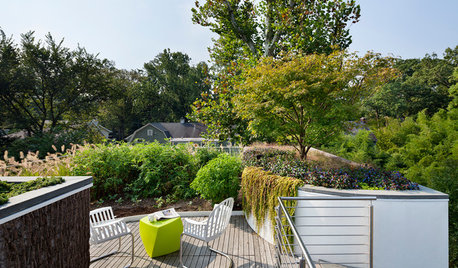
LANDSCAPE DESIGNProblem Solving With the Pros: Sustainable Landscape Captures Runoff
An underground cistern, permeable paving and a rain garden are part of this Washington, D.C. yard's thoughtful design
Full Story
COFFEE WITH AN ARCHITECTClassification of the Design Species
A scientific analysis of the diverse variety of species found in the world of design
Full Story
WORKING WITH PROSWorking With Pros: When You Just Need a Little Design Guidance
Save money with a design consultation for the big picture or specific details
Full Story
INSIDE HOUZZData Watch: Confidence Rising, but Labor Shortages Worry Many Pros
The latest Houzz Renovation Barometer report shows industry pros are rosy about the market while still struggling to find skilled workers
Full Story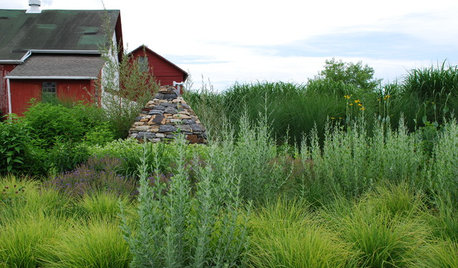
LANDSCAPE DESIGNProblem Solving With the Pros: An Abundant Garden Stretches Its Means
Swaths of resilient, eye-catching plants thrive with little care or resources in the landscape of a Pennsylvania farmhouse
Full Story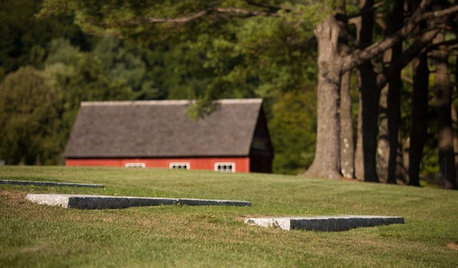
LANDSCAPE DESIGNProblem Solving With the Pros: Rustic Simplicity in a Country Garden
Editing thoughtfully and adding some magic result in a timeless weekend retreat
Full Story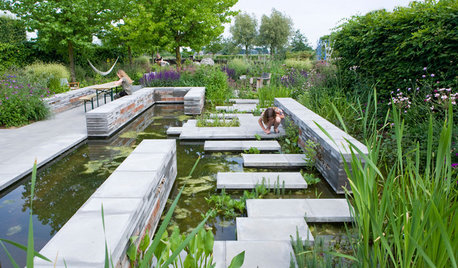
LANDSCAPE DESIGNProblem Solving With the Pros: A Garden Built From Scratch
Nature is reintroduced and redefined in a Dutch urban setting, to forge a dynamic relationship with city dwellers
Full Story
BATHROOM DESIGNBathroom Surfaces: Ceramic Tile Pros and Cons
Learn the facts on this popular material for bathroom walls and floors, including costs and maintenance needs, before you commit
Full Story
FEEL-GOOD HOMEThe Pros and Cons of Making Your Bed Every Day
Houzz readers around the world share their preferences, while sleep and housekeeping experts weigh in with advice
Full StoryMore Discussions






npublici
blancawing
Related Professionals
Beverly Hills Landscape Contractors · Bound Brook Landscape Contractors · Cerritos Landscape Contractors · Hampton Bays Landscape Contractors · Lynn Landscape Contractors · New Providence Landscape Contractors · Pleasant Prairie Landscape Contractors · Shoreview Landscape Contractors · Yukon Landscape Contractors · Markham Landscape Contractors · Hawaiian Gardens Landscape Contractors · Crowley Landscape Contractors · Shady Hills Swimming Pool Builders · Stafford Swimming Pool Builders · North Bellport Outdoor Lighting & Audio Visual Systemsblancawing
npublici
blancawing
haweha
mariava7
kaboehm (zone 9a, TX USA)Original Author
npublici
houstonpat
kaboehm (zone 9a, TX USA)Original Author
elizabeth_jb
mariava7
elizabeth_jb
bluebonsai101
mariava7